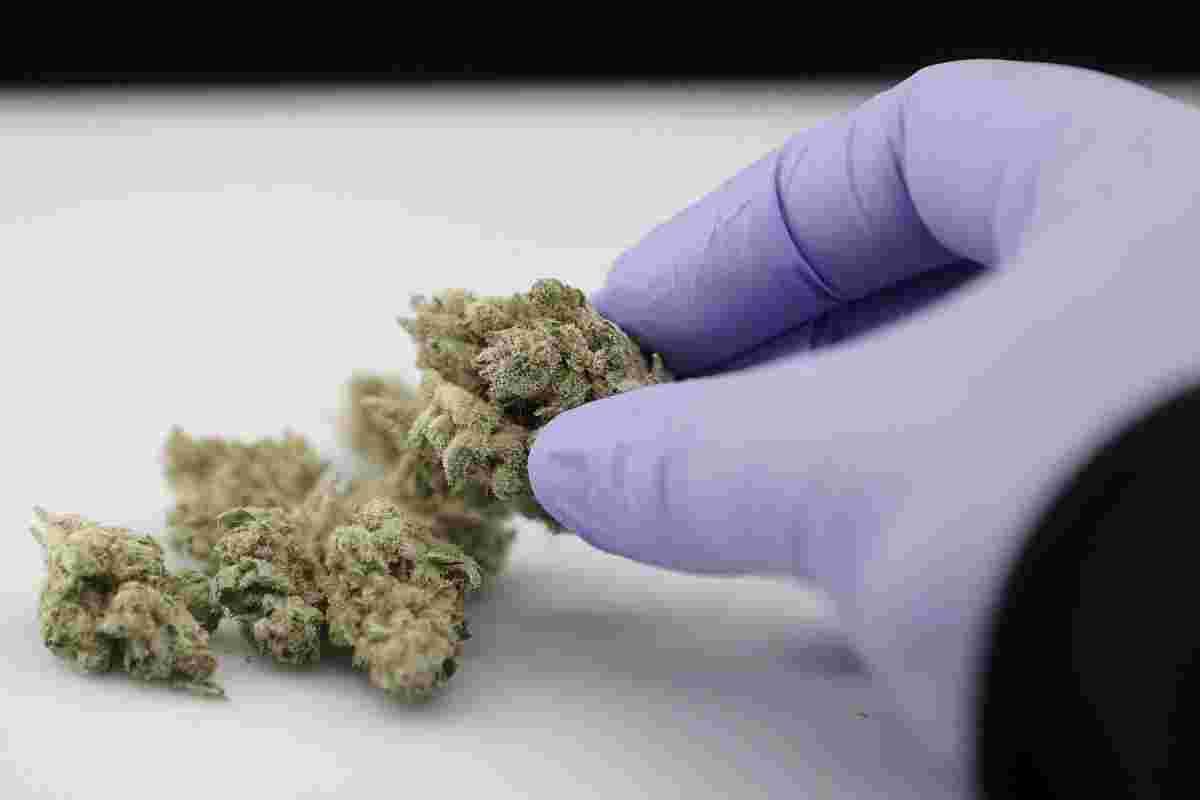Laboratory testing of cannabis is now an integral part of the process between harvesting and consumption but just what does that involve?
Lab testing typically starts with a physical inspection for things such as colour and for foreign objects such as insects.
Next, the lab assesses the moisture level through loss-on-drying – this takes about 24 hours and is needed to determine the potency and the full cannabinoid profile of the cannabis being tested.
The next tests assess the potency of the product. It’s mandatory by law to test and display the THC and CBD cannabinoid levels but labs will often test the levels of around 10 to 15 different cannabinoids to get the full profile.
Potency is tested through liquid chromatography to avoid heating up compounds such as THC-A which, when heated, converts into THC and would affect potency levels tested.
Following potency testing the lab conducts a microbial analysis, testing for trace amounts of yeast, mould, e.coli, salmonella and more – also required by Health Canada.
The lab then tests for aflatoxins, naturally occurring toxins from warm and humid environments that can be poisonous and carcinogenic, followed by tests for trace amounts of heavy metals and for pesticides, neither of which should be present in cannabis.
Finally labs test for terpenes, which give a cannabis strain its scent and flavour, and look for for residual solvents such as butane, ethanol, acetone and others used in the process of extracting or manufacturing cannabis concentrates.
In 2017 Health Canada issued three recalls of cannabis products due to pesticides being present and changed the regulations to mandate pesticide testing.
Testing is just part of the strict regulations on cannabis products. Paired with similarly strict packaging rules, the regulations ensure a safe, standardized product to prevent accidental over-consumption and reduce the appeal to minors.
Government rules require plain packaging and labelling for all products with restrictions on logos, colours, and branding and product must be packaged in a child-resistant container labelled with the standardized cannabis symbol and mandatory health warning message, and include specific product information such as THC and CBD levels and brand name.

